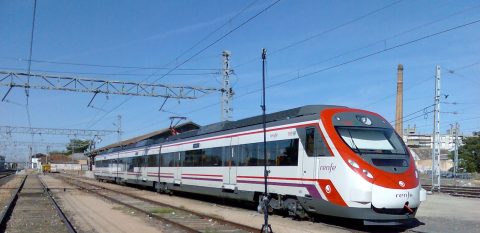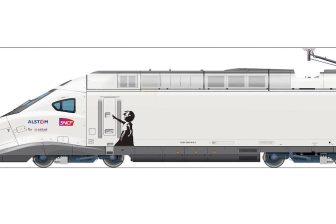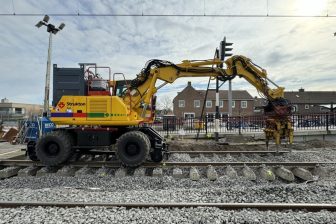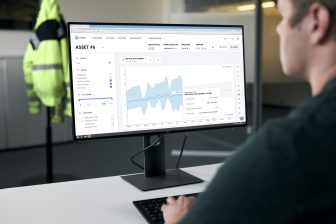
CAF turns Renfe Civia unit into bi-mode hydrogen train
source: Renfe
Spanish train manufacturer CAF will remodel a Renfe Cercanías Civia unit into a hydrogen train demonstrator. It will be a bi-mode train, which can run on electrified sections as well as sections which are not.
Want to read more?
You have read all of your free premium articles for this month. Please become a subscriber to keep reading.
Subscribe now!
Take advantage of our exclusive offer to get full access to all premium content.



